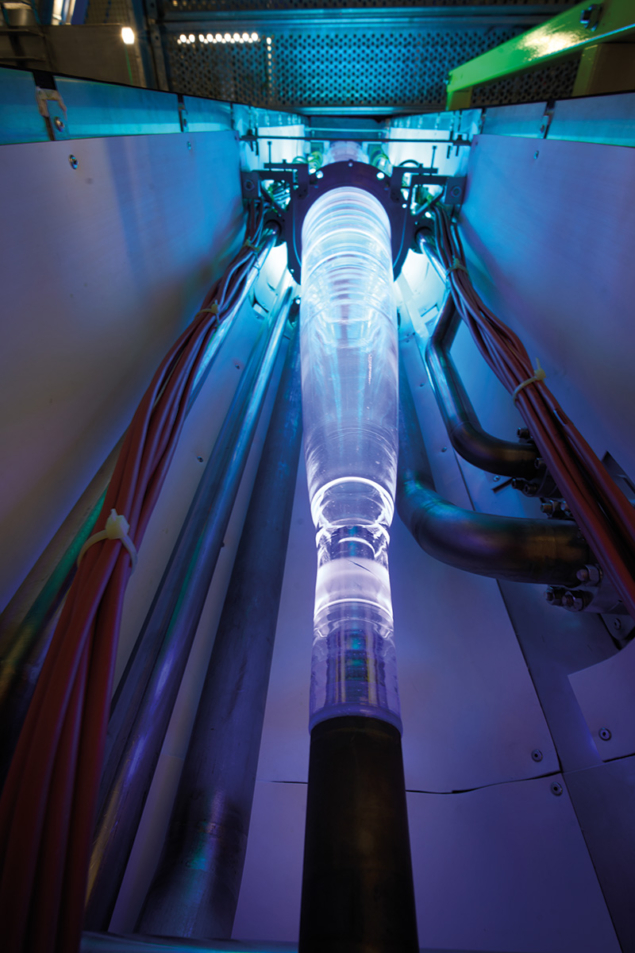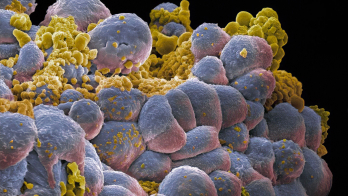
Climate models are missing an important source of aerosol particles in polar and marine regions, according to new results from the CLOUD experiment at CERN. Atmospheric aerosol particles exert a strong net cooling effect on the climate by making clouds brighter and more extensive, thereby reflecting more sunlight back out to space. However, how aerosol particles form in the atmosphere remains poorly understood, especially in polar and marine regions.
The CLOUD experiment, located in CERN’s East Area, maintains ultra-low contaminant levels and precisely controls all experimental parameters affecting aerosol formation growth under realistic atmospheric conditions. During the past 15 years, the collaboration has uncovered new processes through which aerosol particles form from mixtures of vapours and grow to sizes where they can seed cloud droplets. A beam from the Proton Synchrotron simulates, in the CLOUD chamber, the ionisation from galactic cosmic rays at any altitude in the troposphere.
Globally, the main vapour driving particle formation is thought to be sulphuric acid, stabilised by ammonia. However, ammonia is frequently lacking in polar and marine regions, and models generally underpredict the observed particle-formation rates. The latest CLOUD study challenges this view, by showing that iodine oxoacids can replace the role of ammonia and act synergistically with sulphuric acid to greatly enhance particle-formation rates.
“Our results show that climate models need to include iodine oxoacids along with sulphuric acid and other vapours,” says CLOUD spokesperson Jasper Kirkby. “This is particularly important in polar regions, which are highly sensitive to small changes in aerosol particles and clouds. Here, increased aerosol and clouds actually have a warming effect by absorbing infrared radiation otherwise lost to space, and then re-radiating it back down to the surface.”
The new findings build on earlier CLOUD studies which showed that iodine oxoacids rapidly form particles even in the complete absence of sulphuric acid. At iodine oxoacid concentrations that are typical of marine and polar regions (between 0.1 and 5 relative to those of sulphuric acid), the CLOUD data show that the formation rates of sulphuric acid particles are between 10 and 10,000 times faster than previous estimates.
“Global marine iodine emissions have tripled in the past 70 years due to thinning sea ice and rising ozone concentrations, and this trend is likely to continue,” adds Kirkby. “The resultant increase of marine aerosol particles and clouds, suggested by our findings, will have created a positive feedback that accelerates the loss of sea ice in polar regions, while simultaneously introducing a cooling effect at lower latitudes. The next generation of climate models will need to take iodine vapours and their synergy with sulphuric acid into account.”
Further reading
X-C He et al. 2023 Science 382 1308.








